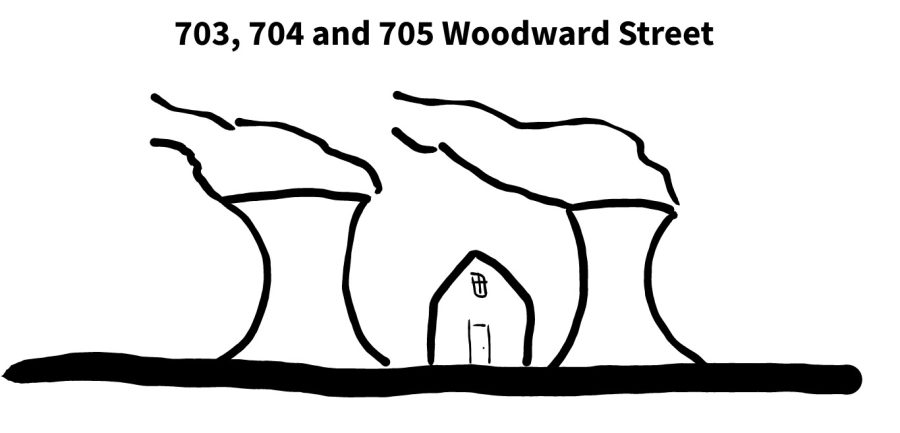Any well coached elected official in the DMV worth their salt will, when asked the question, affirm that they are doing everything in their power to confront the coming climate crisis. They’ll check their pre-prepared notes and their committee-approved talking points and wax on about vague goals to limit emissions by 2030 or 2040 or 2050 and how protecting the environment really connects to the heart of who they present themselves to be. The entire time, however, they’ll refrain from mentioning the one single most eficable and time tested tool that’s been at the fingertips of the nation for decades – nuclear power.
Right now, according to the US Energy Information Administration, the state of Maryland consumes five times as much energy as it produces. Two fifths of the power used in the state comes from the PJM Interconnection, a regional transmission organization that runs the Mid-Atlantic regional power grid. 79% of the energy generated in-state is roughly split between nuclear energy and natural gas sources. Natural gas comes from a limited but growing number of wells located mainly in Western Maryland, while all of the nuclear production comes from the sole nuclear power plant in Maryland, Calvert Cliffs Nuclear Power Plant.
The plant, which came online in the mid seventies, produces 1,756 megawatts of energy, enough to power one million homes. It’s also incredibly reliable – much more so than renewables like wind and solar or even fossil fuels such as oil and gas.
While nuclear power once enjoyed a broad base of public support, in recent years it has eroded to an almost even split in favor and against the energy source. A Gallup News poll from March of 2019 found that 49% of Americans support nuclear power in the U.S. compared to 49% against, while only 47% believe it to be safe compared to 49% who see it as unsafe.
Looking broadly across today’s debate over nuclear power, most opponents frame their distaste for nuclear energy as concerns regarding the potential safety hazards posed by either the disposal of toxic waste or a nuclear meltdown.
In the ordinary processes of a nuclear plant very little nuclear waste is created, and what is generated is safely disposed of through a carefully monitored process. The waste also takes up an incredibly small amount of area: all of the used nuclear fuel created in the U.S. in the past 60 years could fit in an area the size of a football field at a depth of less than 10 yards! Additionally, while nuclear power plants of the past were antiquated in design, modern plants are incredibly reliable and highly regulated in order to ensure optimal operating conditions at almost all times.
So besides the misguided fears about its possible hazards, why have officials in Montgomery County and the state of Maryland been so reluctant to take advantage of this clean and reliable energy source? It fundamentally boils down to what is known as “NIMBYism”, or “Not in My Backyard”, a movement which has turned away many upper class Marylanders from the prospect of using their county, or even their state, as an area of energy production due to preconceived notions about maintaining the lofty status quo of their hometown.
Why would a high brow official living in an upscale luxury apartment in Montgomery County agree to using their county in such an activity? To NIMBYs, poverty, economic disenfranchisement, and even the coming effects of climate change are all issues that will be confronted – and solved – by “other people”, most certainly not in ways that might endanger their lifestyle. These individuals might be the very first to put solar panels on their roofs or preach about the incredible benefits of eating the latest lab grown meat concoction, but if there’s a chance that even the best available environmental solution would inconvenience them, hurt their pocketbook, or alter the skyline view from their master bedroom, you’ll see an outpouring of resistance to the slightest of alterations.
While negative public opinion is likely transient, the coming realities of climate change are undeniable – and unavoidable unless the proper steps are taken to address the widespread carbon emissions created in Montgomery County as well as the surrounding area in the state of Maryland. Thus, it’s up to us to demand that our elected officials take advantage of the best available energy source at our disposal and make the DMV a leader in reliable, clean energy production, and lead the way for others to follow suit in a similar fashion.



































